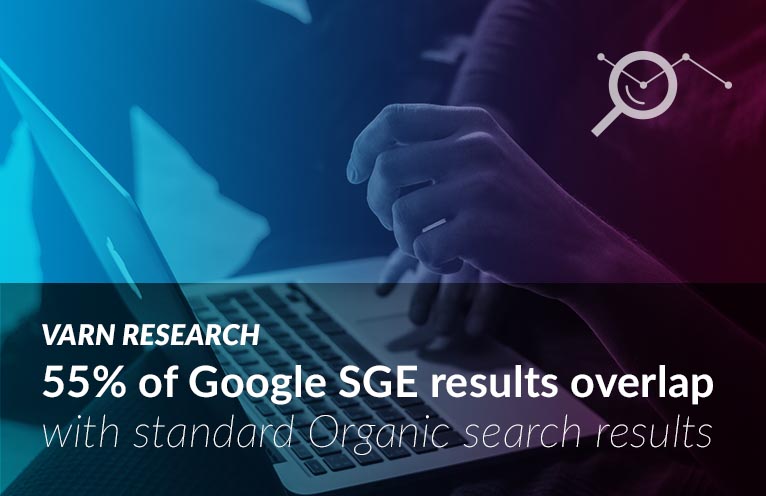Protect your Google Ads and Analytics – Are you ready for Consent Mode V2?
Why is Google Introducing Consent Mode V2
In order to comply with new legislation surrounding rising expectations with user privacy, Google is now moving towards degrading cookies and shifting measurement and tracking to aggregation models instead. To support this shift to cookieless tracking, Google is now rolling out Consent Mode V2, offering more granular control of data tracking to businesses.
What is Consent Mode V2
Consent Mode V2 is a feature that enables Google to model for gaps in conversions when people decline cookies on a site. It works by communicating the consent status of a user and automatically updating Google Tags accordingly.
Google has recently revealed that on average, Consent Mode V2 recovers around 50% of ad-click-to-conversion journeys lost due to users declining cookie requests on websites.

How do I know if I need to use Consent Mode V2
If you are primarily using Google ads, you must have the new consent mode implemented to allow for lost conversion modelling and compliance simplification. If you do not have Consent Mode V2 implemented by March 6th 2024, your Ads may no longer be eligible to show in the EEA.
If you’re primarily using Google Analytics for conversion tracking, Consent Mode will still simplify compliance for optional GA4 functions (like remarketing) prior to consent. If requiring consent for Analytics, Consent Mode will allow modelling for lost conversions and pre-enable customers for GA cookieless mode.
Do I need a Cookie Banner on my site?
In order for the Consent Mode V2 to know what data to send to Google, you need a cookie banner on your site. A cookie banner is also needed to comply with GDPR regulations requiring you to share how you use, handle and process user data on your site.
Besides, a cookie banner is a great way to build trust with your website visitors – by improving user experience, protecting user privacy, and ensuring compliance with global privacy regulations, all while maintaining the ability to collect valuable data – which can help increase your website’s performance.
How to implement Consent Mode V2
In order to stay compliant when serving ads, and to ensure that their ads remain eligible, You need to integrate a Consent Management Platform (CMP) into your site.
Step 1: Update Your Google Tag Management Setup
If you’re using GTM, you’ll need to update your container to include the Consent Mode API. This involves adding a new tag configuration for Consent Mode that sets the default consent state for analytics and ads (e.g., analytics_storage: ‘denied’, ad_storage: ‘denied’).
Update your Consent Management Platform (CMP):
You must be using a Google certified CMP. A list of approved CMPs can be found here.
- For Publishers already working with a CMP: To ensure a smooth transition, publishers currently working with a CMP should proactively talk with their provider about the certification process.
- Publishers with their own CMP: Publishers who have their own CMPs can register their interest in completing certification for their CMP.
- Publishers who need to find a CMP: For publishers seeking a new CMP partner, they can consider the list of Google-certified CMPs.
Not using Google Tag Manager or need support in implementing Enhanced Consent Mode V2?
Varn is here to support you if needed. Get in touch today to see how we can support your change over to the new system. Implement the change now to ensure your ads stay live.
Summary
Google Consent Mode v2 is designed with the future in mind, offering a framework that is adaptable to evolving privacy laws and regulations. By allowing businesses to easily adjust their data collection strategies as new laws come into effect, Google provides a proactive tool for maintaining compliance and protecting user privacy. Implementing Google Consent Mode is a proactive step towards respecting user privacy while maintaining legislative compliance.


